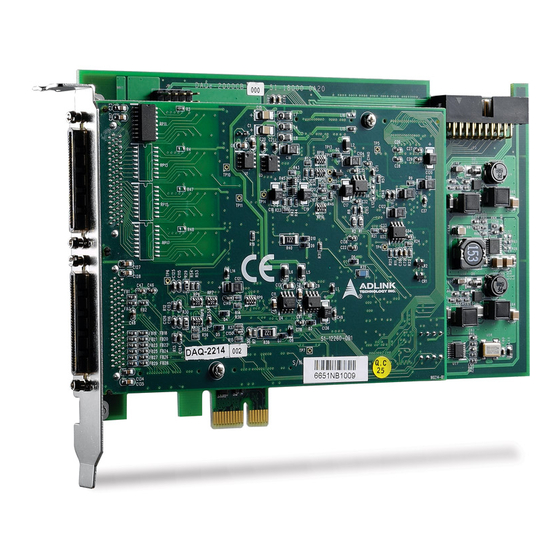
User Manuals: ADLINK Technology DAQe Series Acquisition
Manuals and User Guides for ADLINK Technology DAQe Series Acquisition. We have 1 ADLINK Technology DAQe Series Acquisition manual available for free PDF download: User Manual
ADLINK Technology DAQe Series User Manual (102 pages)
64-/96-CH High Performance Multi-Function Data Acquisition Card
Brand: ADLINK Technology
|
Category: I/O Systems
|
Size: 1 MB
Table of Contents
Advertisement